
OR
Over Rs 200 billion added in the country’s public loans in FY 2022/23
Published On: July 19, 2023 08:30 AM NPT By: Republica | @RepublicaNepal
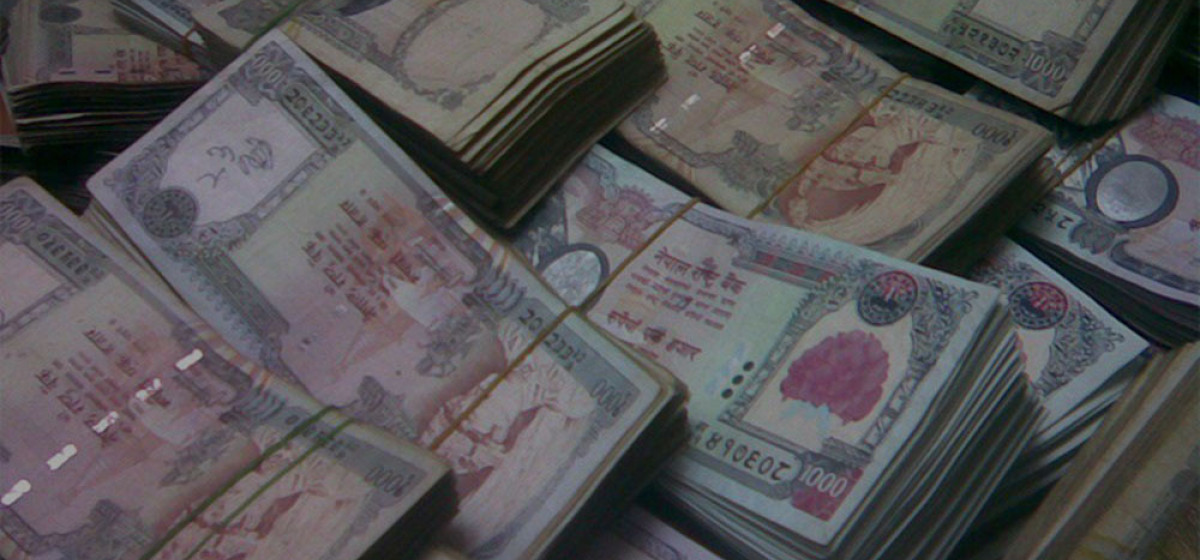
Proportion of domestic borrowing surges compared to the external debt burden
KATHMANDU, July 19: The government took loans worth Rs 255.99 billion in the last fiscal year that ended on Sunday.
According to the Public Debt Management Office (PDMO), with additional loans taken by the government in 2022/23, the country’s debt burden has crossed Rs 2.2 trillion. Of the amount, the external loan stood at Rs 1.082 trillion, while the domestic borrowing has reached Rs 1.127 trillion.
Until 2021/22, the country’s internal debt was Rs 987.44 billion. This shows the government raised the loan of Rs 255.99 billion from the domestic sector. In the meantime, the government spent Rs 115 billion to pay back the interest and principal amount to the lenders.
The government took external loans of more than Rs 100 billion in the review year. According to the PDMO, the government settled Rs 43.01 billion against the foreign loans. Of the amount, Rs 34.61 billion was for principal repayment while remaining Rs 8.39 billion was paid as interest.
In the aftermath of the 2015 earthquake and COVID-19 pandemic, the country’s external loans surged heavily. But this time, the domestic loan has surpassed the external debt, mainly due to a huge gap in the government expenditure and government revenue last year.
The government witnessed a budget deficit of Rs 397.87 billion in the review period due to low revenue collection amid soaring public expenditure. Government receipts declined by Rs 94 billion while public expenditure increased by Rs 128 billion last year compared to FY 2021/22.
The government collected revenue of Rs 1.031 trillion against the target of Rs 1.458 trillion. On the other hand, the government spent Rs 1.429 trillion last year.
According to economists, the increased domestic borrowing imposed more burden on the government’s financial system. Nar Bahadur Thapa, former executive director of Nepal Rastra Bank, said the increase in internal loans raises the interest rates due a shrink in money supply while the private sector might not get adequate loans to boost the investment.
You May Like This

Utilization of subsidized loans of government increases
KATHMANDU, May 26: The use of various subsidized loans provided by the government has increased in the third quarter of the... Read More...

Flood, fire victims to get subsidized loans loans to rebuild house, run business
KATHMANDU, Jan 10: At a time when earthquake victims are struggling to get subsidized loans from bank and financial institutions... Read More...
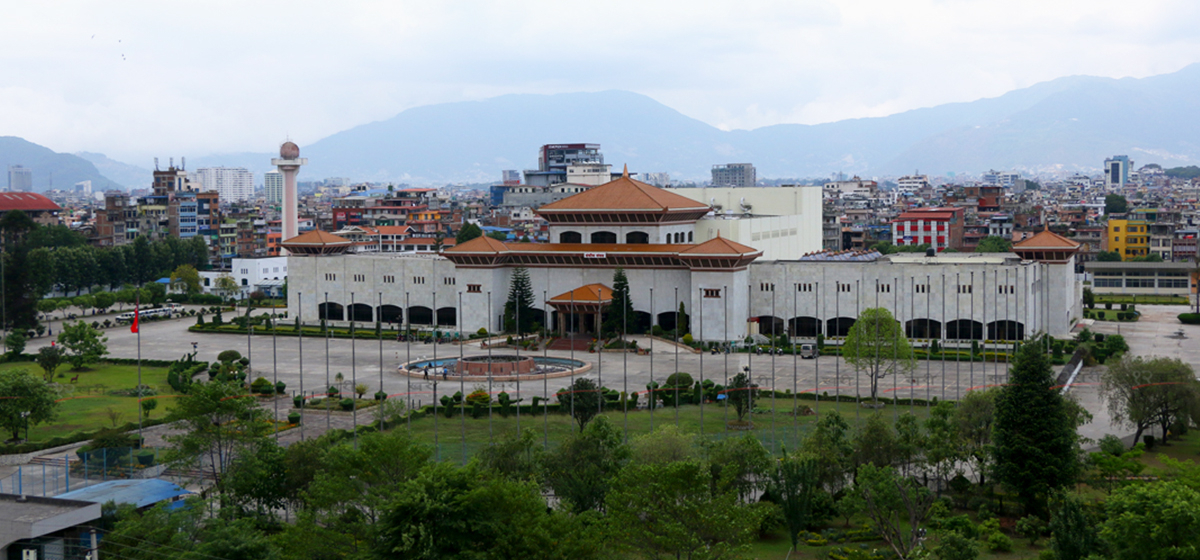
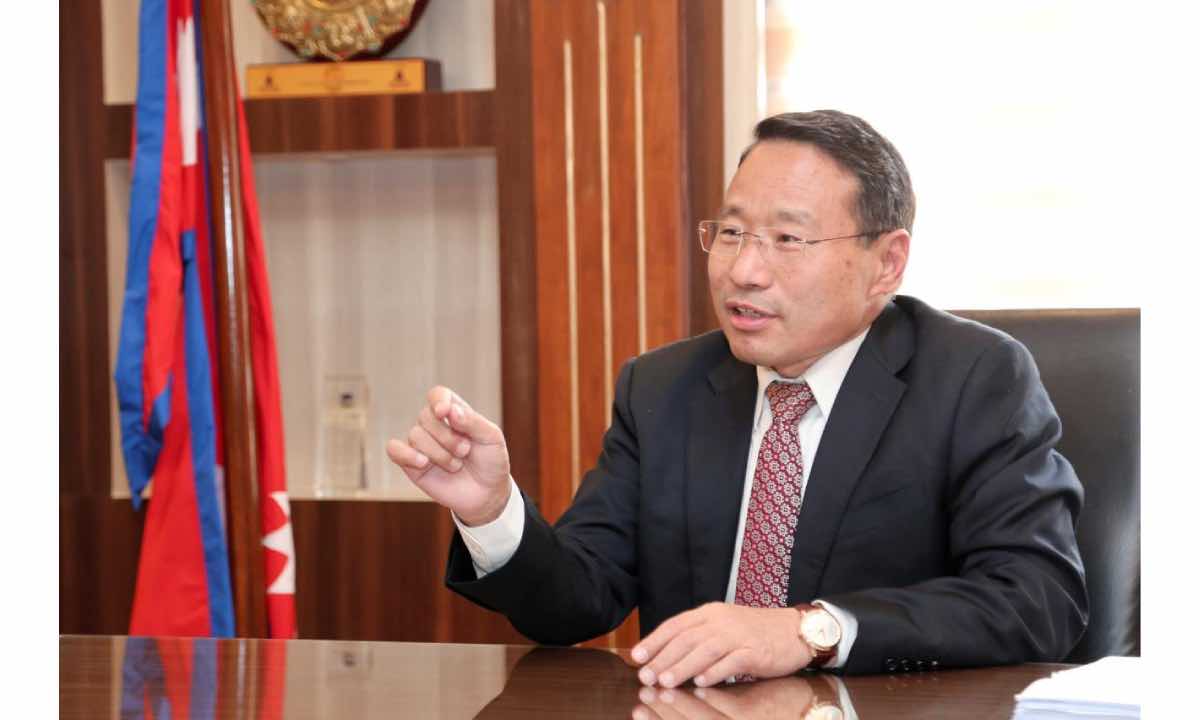
Just In
- Parliamentary committees call for quorum rule revision
- Third Session of Karnali Province prorogued without passing any bill
- Embassy of India in collaboration of IBN and NICCI organizes Post Investment Summit India-Nepal B2B meeting
- NEPSE rises by 25.93 points, daily turnover surges to Rs 4.80 billion
- Suhang Nembang's journey from a lawyer to a lawmaker
- Book containing speeches of Narendra Modi published in Nepali language
- NSO projects Nepal’s economic growth rate at 3.54 percent in current FY
- FinMin Pun and WB's Vice President Rager meet




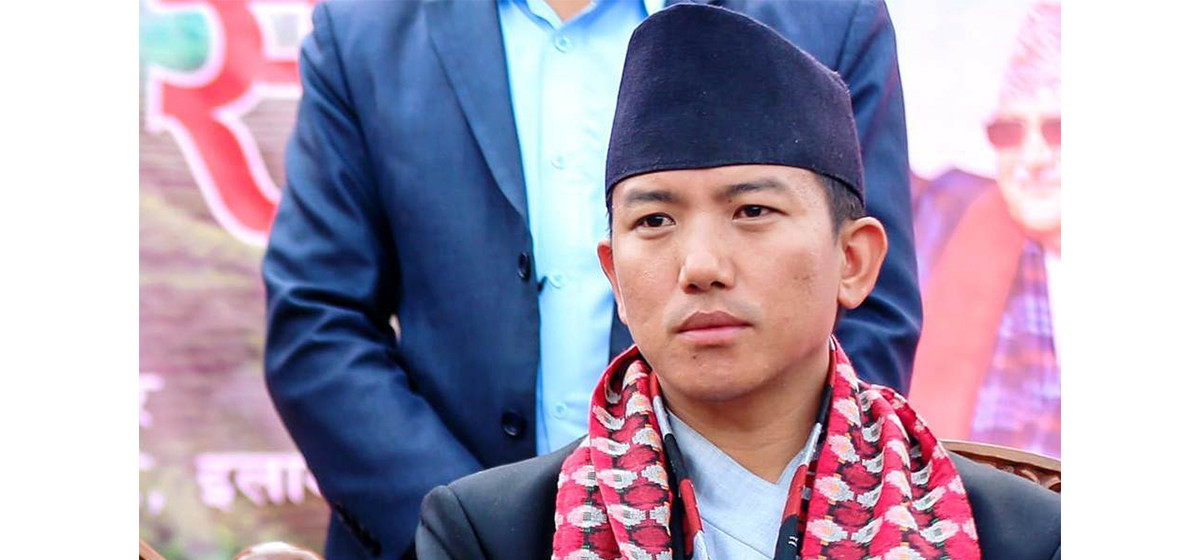
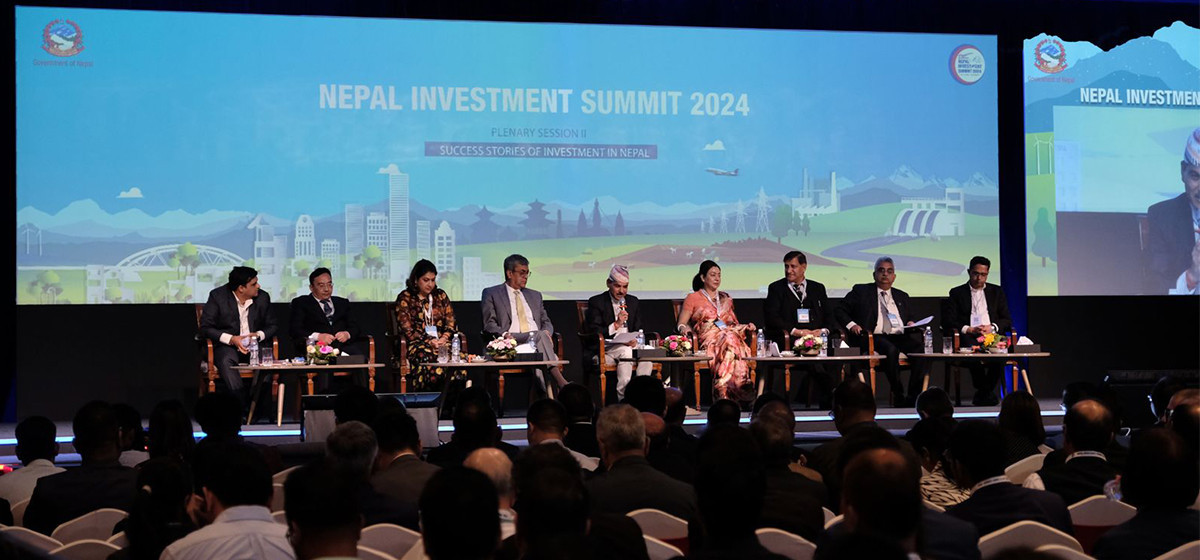


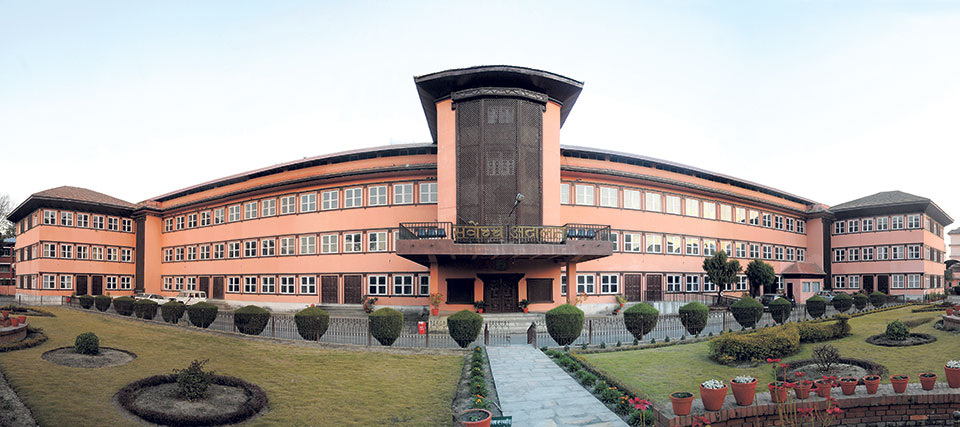

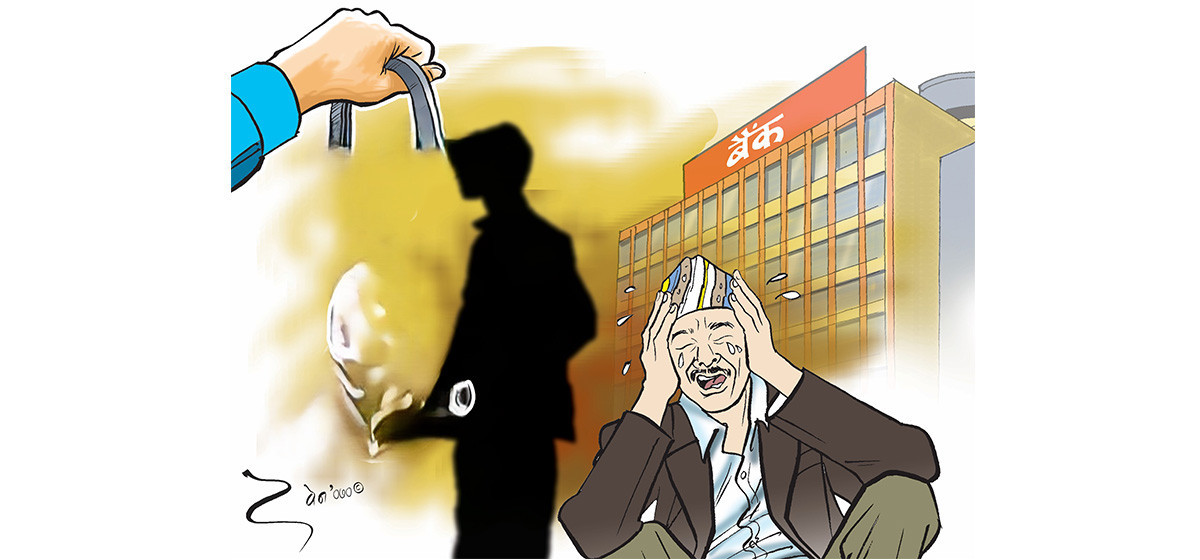




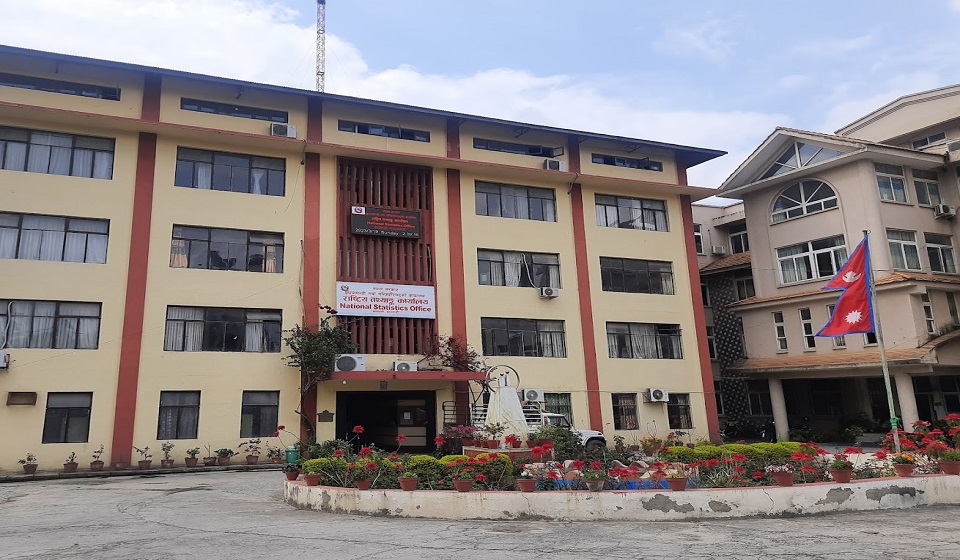
Leave A Comment